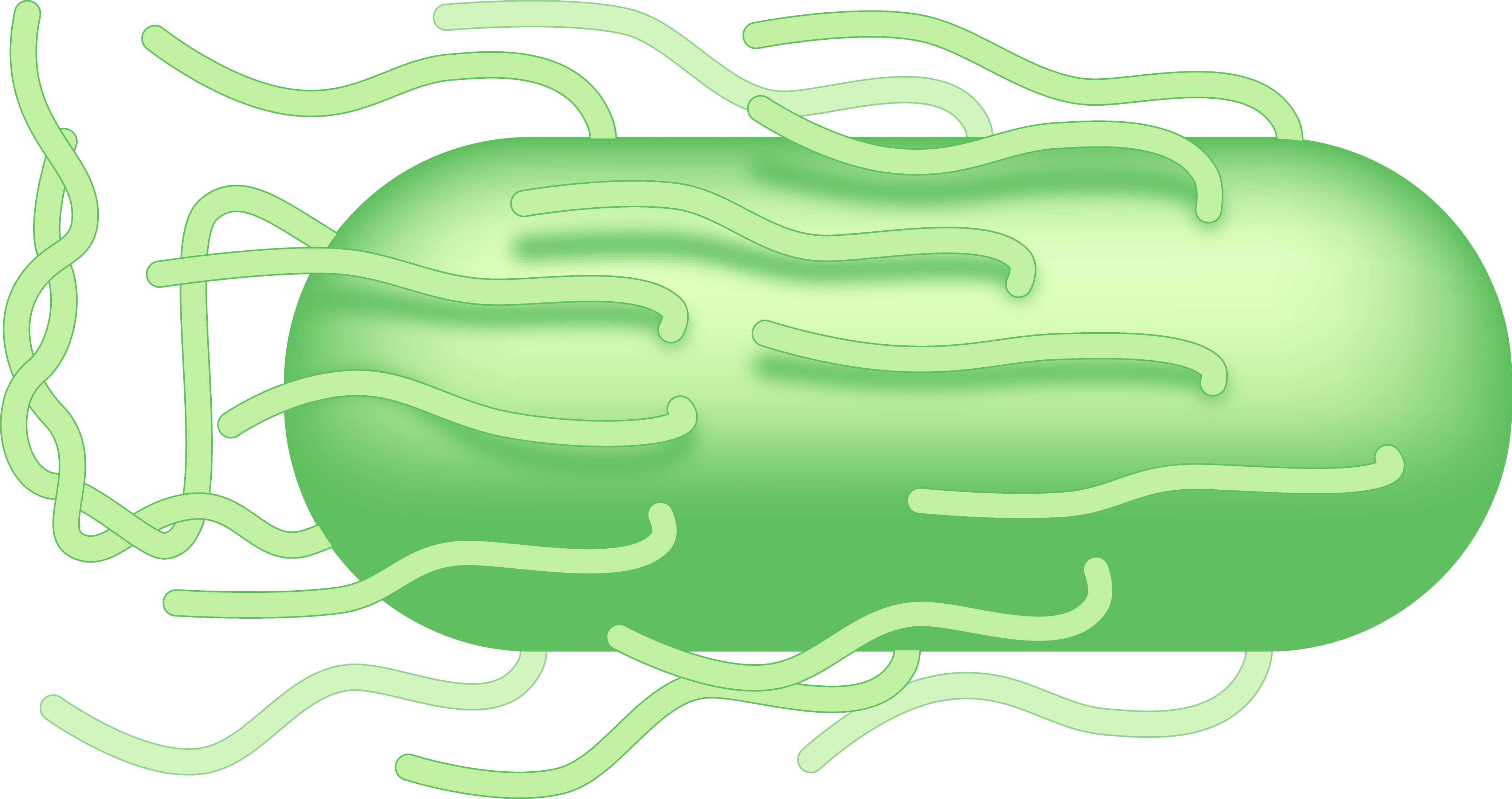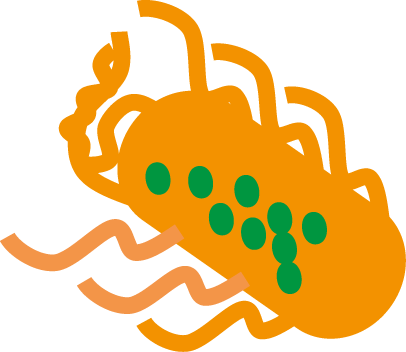Team:TU-Eindhoven/Project
From 2013.igem.org
(Difference between revisions)
| Line 10: | Line 10: | ||
Our project presents an alternative solution to the use of heavy metals MRI {{:Team:TU-Eindhoven/Template:Tooltip | text=contrast agents | tooltip=Substance that can be distinguished from its surroundings on a MRI scan }} by focusing on {{:Team:TU-Eindhoven/Template:Tooltip | text=CEST | tooltip=Chemical Exchange Saturation Transfer }} MRI. Within CEST imaging, proteins enclosing hydrogen atoms generate high quality images. We use Escherichia coli to create CEST proteins when the bacteria sense a hypoxic environment due to a promoter designed for this purpose, thus working as a production and delivery system for the CEST MRI contrast agent. Hypoxic regions are related to tumors,therefore our eventual goal is to use this device to target and image tumors in humans by injecting the bacteria into the bloodstream. A second application is tracking bacteria in bacterial infections studies. For the iGEM competition however, the proteins are only expressed ex-vivo:in aerobic and anaerobic conditions. We aim to achieve an efficient testing of the CEST properties of the proteins and confirm the promoter’s ability to express each protein. | Our project presents an alternative solution to the use of heavy metals MRI {{:Team:TU-Eindhoven/Template:Tooltip | text=contrast agents | tooltip=Substance that can be distinguished from its surroundings on a MRI scan }} by focusing on {{:Team:TU-Eindhoven/Template:Tooltip | text=CEST | tooltip=Chemical Exchange Saturation Transfer }} MRI. Within CEST imaging, proteins enclosing hydrogen atoms generate high quality images. We use Escherichia coli to create CEST proteins when the bacteria sense a hypoxic environment due to a promoter designed for this purpose, thus working as a production and delivery system for the CEST MRI contrast agent. Hypoxic regions are related to tumors,therefore our eventual goal is to use this device to target and image tumors in humans by injecting the bacteria into the bloodstream. A second application is tracking bacteria in bacterial infections studies. For the iGEM competition however, the proteins are only expressed ex-vivo:in aerobic and anaerobic conditions. We aim to achieve an efficient testing of the CEST properties of the proteins and confirm the promoter’s ability to express each protein. | ||
{{:Team:TU-Eindhoven/Template:Float | position=right | size=1 }} | {{:Team:TU-Eindhoven/Template:Float | position=right | size=1 }} | ||
| - | {{:Team:TU-Eindhoven/Template:Image | filename=eColiCEST.png} | + | {{:Team:TU-Eindhoven/Template:Image | filename=eColiCEST.png}} |
{{:Team:TU-Eindhoven/Template:FloatEnd | caption= | id=eColiCESTFigure }} | {{:Team:TU-Eindhoven/Template:FloatEnd | caption= | id=eColiCESTFigure }} | ||
{{:Team:TU-Eindhoven/Template:BaseFooter}} | {{:Team:TU-Eindhoven/Template:BaseFooter}} | ||
{{:Team:TU-Eindhoven/Template:SetTitle | menu=project | page=Project Summary}} | {{:Team:TU-Eindhoven/Template:SetTitle | menu=project | page=Project Summary}} | ||
Revision as of 14:10, 3 September 2013




eColiFigure
Abstract Our project presents an alternative solution to the use of heavy metals MRI contrast agents by focusing on CEST MRI. Within CEST imaging, proteins enclosing hydrogen atoms generate high quality images. We use Escherichia coli to create CEST proteins when the bacteria sense a hypoxic environment due to a promoter designed for this purpose, thus working as a production and delivery system for the CEST MRI contrast agent. Hypoxic regions are related to tumors,therefore our eventual goal is to use this device to target and image tumors in humans by injecting the bacteria into the bloodstream. A second application is tracking bacteria in bacterial infections studies. For the iGEM competition however, the proteins are only expressed ex-vivo:in aerobic and anaerobic conditions. We aim to achieve an efficient testing of the CEST properties of the proteins and confirm the promoter’s ability to express each protein.

eColiCESTFigure
 "
"